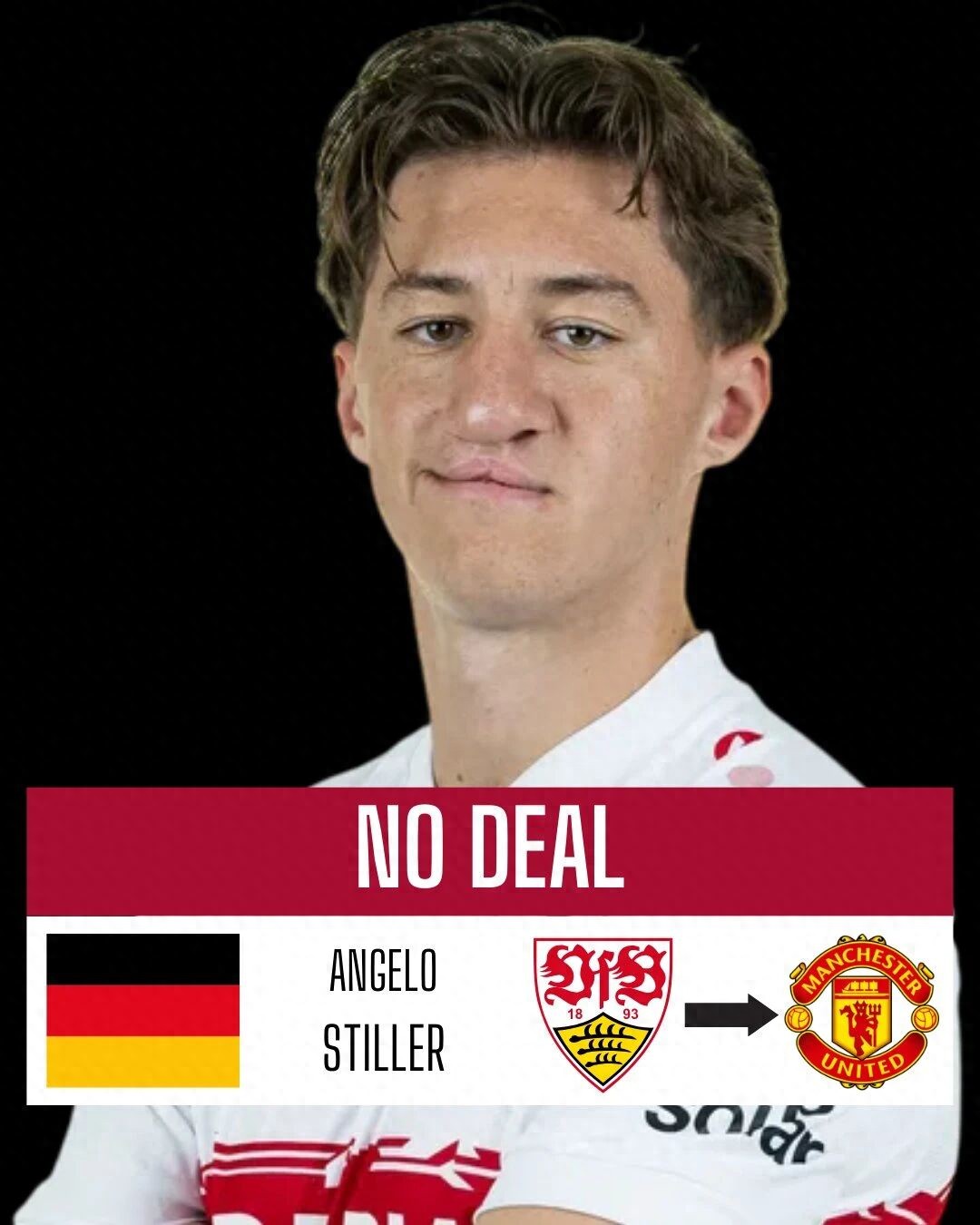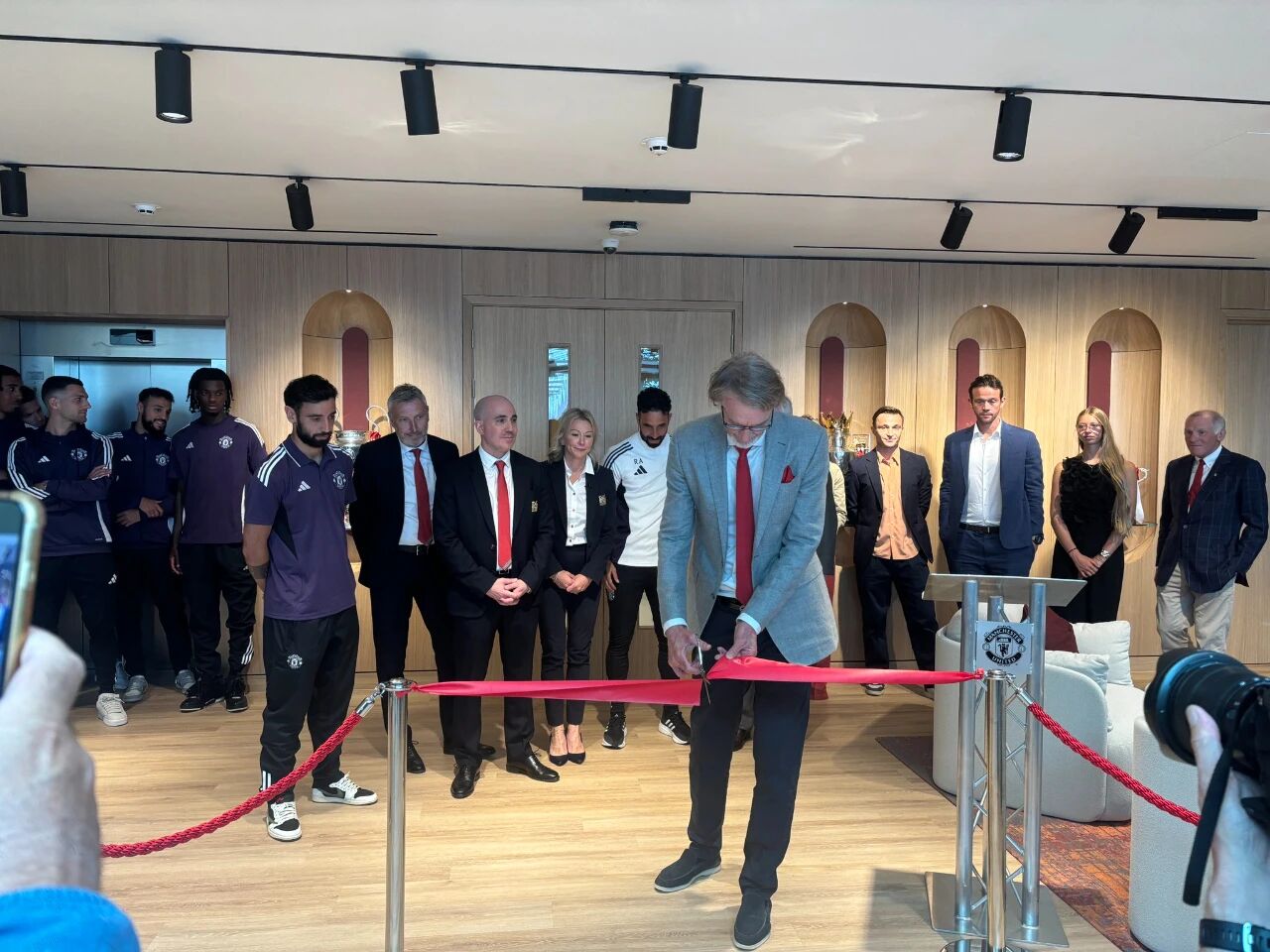Manchester United's last-minute bid for a Bundesliga midfielder was rejected! Reinforcements are a must next year, and they may try to sign a new Carrick in the winter window.
The British Daily Mail gave summer transfer grades to 20 Premier League teams this week, rating Manchester United with a "B+" and Chelsea just a "C," causing debate. A key point was that despite signing five new players, the Red Devils failed to add a single midfielder.

According to "Jingji Net," Manchester United debated heavily over whether to invest big in a striker or a midfielder this summer, essentially choosing between Benjamin Sesko and Carlos Baleba — the number 6 or number 9? Some within the club believed a midfielder should take priority, but Sporting Director Jason Wilcox advocated signing a goal scorer, given United’s Premier League record low of 44 goals last season. Owner Sir Jim Ratcliffe supported this view.
German newspaper Bild reported that on transfer deadline day, Manchester United attempted to acquire German midfielder Angelo Stiller. After failing to sign Baleba from Brighton, who was valued at £120 million, the club looked at other midfield options, with Ruben Amorim interested in Stuttgart’s Stiller, but the move was declined.
The 24-year-old Stiller, formerly a Bayern Munich youth player, expressed his desire to stay at Stuttgart to secure regular playing time ahead of the 2026 World Cup. Last season, he started 31 Bundesliga matches and appeared in 8 Champions League games. Although Stuttgart’s performance was disappointing, finishing ninth and missing out on Europe, he could at least maintain a starting role. Since joining, Stiller has earned four caps for the German national team.
German media say Manchester United might reconsider signing Stiller next year, though he is not their top choice. With the summer window closed, rumors about United’s next transfer move have already begun, with English media suggesting they could try to sign Crystal Palace’s Adam Walton as early as January.

Walton, whose playing style resembles Carrick’s, was one of United’s potential targets this summer, reportedly attracting interest from several other clubs. According to "TEAMtalk," Manchester United plans to make an offer for Walton when the January transfer window opens but will face competition from Chelsea.
The report states that Manchester United is willing to pay over £50 million to secure the 21-year-old Walton in the winter, with Chelsea having similar intentions. However, this fee is considered insufficient, as Crystal Palace manager Oliver Glasner is determined to keep Walton at Selhurst Park this season. Glasner’s resolve is strong; this week, he even preferred risking losing Mark Guéhi on a free transfer next year than selling Walton to Liverpool at the last moment.
Ideally, Amorin hoped to acquire Baleba this summer and then buy Walton next year. It is said that Amorim strongly pushed for Baleba’s signing within the club, and Sir Ratcliffe also wanted United to get him. However, the club ultimately couldn’t meet Brighton’s asking price. Although personal terms with Baleba were agreed, and his Cameroon teammates André Onana, Mbemo, and former Lille teammate Lenny Yoro sent positive messages, the Cameroonian defensive midfielder did not insist on a transfer. In mid-August, United informed Brighton they would not buy Baleba now but might try again in the future.
Other midfielders were also considered, not just Stiller and Walton, including Edson from Atalanta, Ardon Jashari who moved from Brugge to AC Milan, and Morten Jørmands from Sporting Lisbon. Lyon’s 31-year-old Italian player Corentin Tolisso was also suggested as a cheaper alternative; he was once sent off in a Europa League match against Manchester United.

However, Manchester United spent over £200 million on new players this summer and ultimately chose to forgo signing a new midfielder. The club expects its financial situation to improve significantly next year, positioning itself well under UEFA’s Financial Fair Play rules and better complying with the Premier League’s Profitability and Sustainability Rules. It is revealed that staff are working on the "90 Project," an internal code name aimed at improving Manchester United’s balance sheet by £90 million annually, thereby increasing funds available for transfers.










 Links
Links
 Contact
Contact
 App
App


